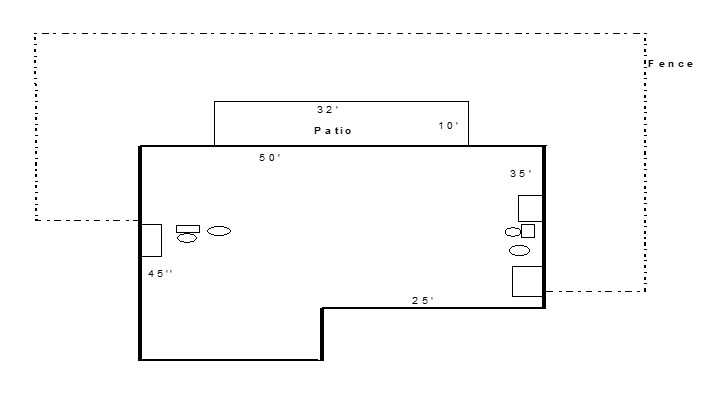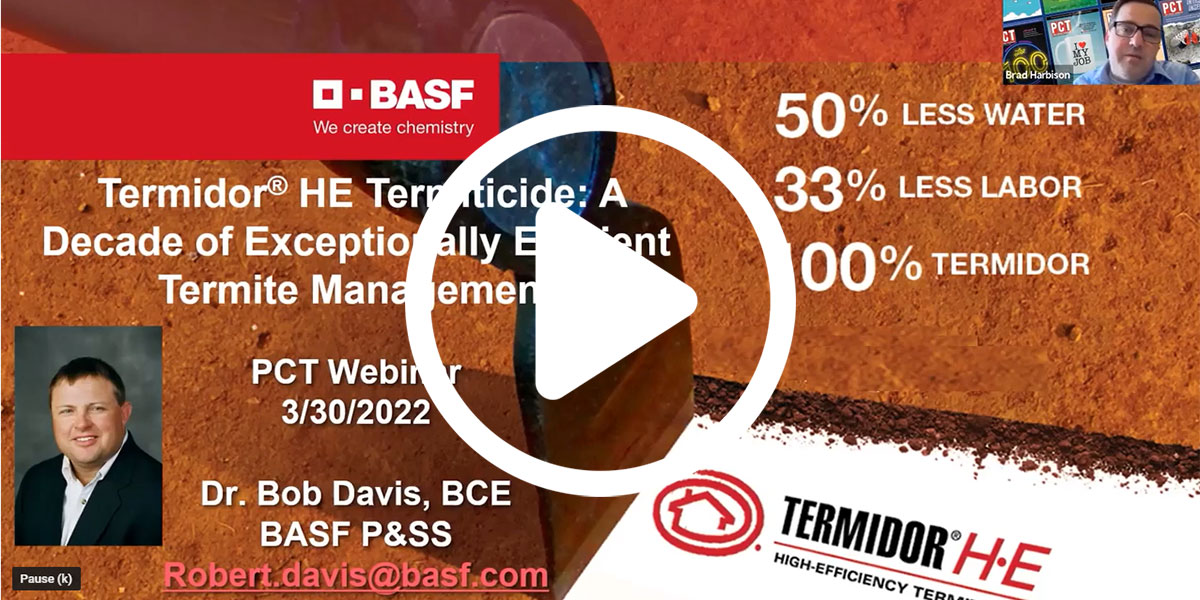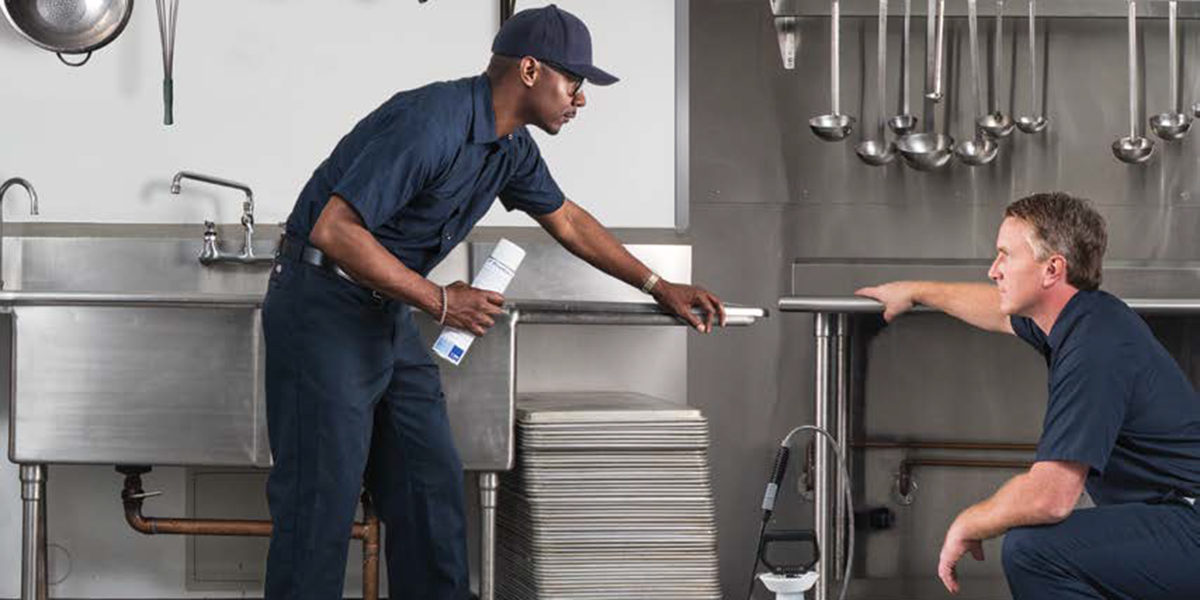Doing the math for a Termidor® HE High-Efficiency Termiticide treatment
Dr. Bob Davis, BCE
Technical Services Representative - BASF Professional & Specialty Solutions

Dr. Bob Davis, BCE, is a technical services representative for BASF Professional & Specialty Solutions and is based out of Central Texas. His career has included various positions, including fisheries biologist, serving as the technical director for ABC Pest & Lawn Services of Austin, TX, and as a technical field representative for Aventis and Bayer Environmental Sciences. Bob is a board-certified entomologist and is active in the Entomological Society of America. He has authored multiple publications in peer-reviewed journals and has provided educational materials, presentations and articles through extension and professional magazine venues.
Before work begins, gather the site data, including:
- Construction specifics (foundation type, roof materials, stem wall construction, side wall materials, penetrations, structure age, etc.)
- Site specifics (soil type, soil grade, utility lines, irrigation systems, conducive conditions, etc.)
- Wood Destroying Insect (WDI) activity (interior vs. exterior, wall voids, types and species of WDIs, etc.).
Next, list the structure dimensions. This is usually done in conjunction with a structure diagram. It is important that sales inspectors and technicians create the diagrams, gather the measurements, and use the information to calculate materials needed.
The following is an example of preparing for a site bid proposal and a liquid termite treatment (please refer to your respective product labels). This example uses the Termidor HE High-Efficiency Termiticide label. Feel free to use this information for inspector, sales and technician training for both new hires and ongoing professional education.
Situation
Monolithic slab structure with a 1-ft grade to the footer (bottom of the perimeter beam) along the West, South and East Sides. North side (50 ft. – patio side) has a 3-ft grade to the bottom of the beam. Patio has a cold joint along entire length next to the foundation. Bath traps (2) are each 2 square feet. 1 shower (with pan) is in east bathroom.
According to the Termidor HE label:
- What is the rate of application for “trenching” or “trenching and rodding” along the foundation perimeter of this structure?
- What is the finished dilution % active ingredient for post construction “trench” or “trench & rod” treatments?
- What is the minimum trench size listed on the Termidor® HE Termiticide label?
- What is the maximum hole spacing when down-drilling in preparation for sub-slab application?
- What is the minimum depth of treatment for deep foundations (2 ft or more in depth)?
- What is the linear footage around the perimeter of this structure?
- What is the minimum number of holes that should be drilled for treatment of the entire patio joint along the exterior perimeter of this structure?
- How many gallons of dilution are required to treat the perimeter of this structure?
- What is the application rate for treating bath traps?
- How many gallons of dilution are required when treating the bath traps in this structure?
- What is the dilution volume to be applied when treating soil under the shower pan?
- What is the total amount of dilution calculated to treat the perimeter, bath traps and shower pan?
- How much finished dilution should be prepared to treat the perimeter per the EP/LI (exterior perimeter/localized interior) directions when no termite activity is observed?
- How much finished dilution will be mixed at 0.125% with one 79 z .container?
Worksheet Answers: 1. 2 gal / 10 ln ft. / ft. depth, 2. 0.125%, 3. 2 inches deep by 4 inches wide, 4. 18 inches, 5. 2 ft of depth, 6. 190 ln ft., 7. 21 holes 8. 48 gal., 9. 1-2 gal / sq. ft., 10. 4-8 gal., 11.1-4 gal., 12. 53-60 gal., 13. 48 gal., 14. 50 gal.
______________________________________________________________________________________________________________________________________________________________






